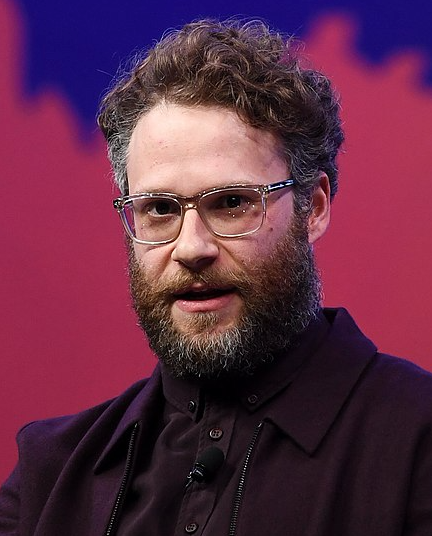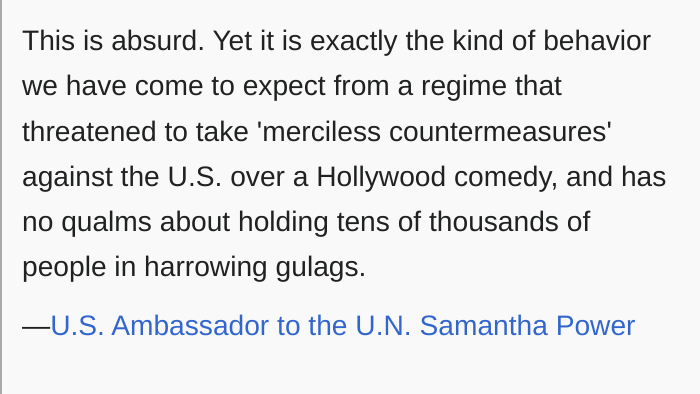Historical Hacks: The Sony Hack (2014)
This hack has more than a few intriguing twists to its story.
When covering some of the earlier historical hacks, we’ve often seen particular aspects of a hack that made it pretty noteworthy. There’s Wannacry, with its domain kill switch and Ashley Madison with its “unique” demographic.
Today’s historical hack was believed to have been perpetrated by a nation-state, in response to a Hollywood movie and was headline news at the time it occurred. It covers a data breach, an advanced persistent threat group and mild controversy over who actually perpetuated the hack, what information was taken and how long they were present inside the network. We are, of course, looking at the Sony Entertainment hack of 2014, which is one interesting tale.
The Background
Like many incidents, the first the victim heard about the event was when the hackers first took out the network infrastructure then made an initial demand and released information to confirm the hack had taken place. With this occurring in Nov 2014, the damage was extensive while the data taken was incredibly sensitive. To fully understand the event though, we’ll need to jump back slightly to understand where and how it all began.
In November 2014, the Sony Entertainment film The Interview was being marketed and approaching release. A parody film with a theme that discusses North Korea and its leadership, it’s fair to say that for the most part, the film was pretty controversial, even if you weren’t from North Korea.
While hacks or data breaches typically lead to requests for ransom, typically in the form of cryptocurrency, this hack was unique because one of the first demands extended was a demand to withdraw The Interview from Sony’s release schedule.
As you’d imagine this was a pretty unique request and it gave Investigators the first hint of clues about why this attack may have taken place.
The Hack & Breach
Bringing the attention of the hack to Sony Executives wasn’t hard. The Malware used encrypted a large chunk of corporate infrastructure, which subsequently failed to work correctly. And, to make things worse, the Twitter accounts of several of Sony’s leadership team were breached as well.
However, this was the easy part. The hard part was answering the normal questions that any company would ask in the aftermath of a cyber incident. Who was it, how did they get in, how long were they there and more importantly, what did they take?
The hackers themselves claimed that over 100 terabytes of data had been breached. While this was never confirmed publicly, one thing that was known was that large amounts of commercial in-confidence data had been taken, including email conversations, the information of over 4000 employees and a mixture of scripts, movie plots and other relevant information. Clearly, this was a very real and large incident.
One thing that was noticed quickly was the persistence of the attack, as incident responders were able to identify that the hackers had been inside the network for a significant period of time.
It was also noted that the malware was sophisticated, exploiting vulnerabilities in the Server Message Block system (SMB) helping to provide a listener / back door and the ability to discreetly exfiltrate any stolen data. This showed that the attack was multi-faceted and more likely than not to have been perpetuated at a nation-state level.
Meanwhile, the dumped data started within days of the hack. In fact, the hackers would start releasing data before even mentioning what they wanted, with film scripts and other sensitive information being posted online.
The Political Response
When a hack starts being discussed in the political arena, it’s fair to say that it’s clearly an event of some significance. And in this instance, nearly everyone had an opinion about the event. Not only were politicians and other leaders making their opinions on the scenario known, but a large number of notable actors and screenwriters were also providing their thoughts and insights regarding the subject as well.
Part of the reason this occurred so rapidly was because, in the aftermath of the hack, Sony made moves to prevent the release of The Interview outright. And, in the land of free speech, this was quite the controversy.
Things got so heated, so fast, that there was even discussion around the event at the United Nations, with the US ambassador making a direct statement on the matter.
Generally speaking, most of the community saw little benefit from pulling the movie and bowing to the demands of the hackers. And while it did take Sony some time to come around to the idea, eventually the film was sent straight to electronic release, putting it out to the consumer to decide. Homeland Security Secretary Jeh Johnson made an official statement about the incident. Source: Wikipedia.
Homeland Security Secretary Jeh Johnson made an official statement about the incident. Source: Wikipedia.
The Interview would go on to be Sony’s largest success for a direct-to-consumer movie, proving the point that even controversy can be good for marketing sometimes. By the time January 2015 had arrived, US President Barack Obama had placed sanctions on North Korea as the official response from the US regarding the incident.
Just A Bit Controversial
While the media made much of the correspondence between the hackers and Sony, and even more about the fact that the hack had even occurred at all, for some cyber researchers this wasn’t a simply open-and-shut case. In fact, some researchers weren’t actually convinced that North Korea was responsible for the event at all.
While the hackers (Lazarus Group / Guardians of the Peace) had plenty to say about the incident, North Korean government sources had little to say about it. And, once the controversy had hit the mainstream it was up to the FBI to release information and validate or disprove some of the claims being made by security researchers.
In this instance, the FBI didn’t disappoint. They didn’t hold back either, analysing the technical proficiency of the attackers and providing a rather detailed rundown of just what had occurred. This included information about servers that were used as well as social media logins that had been identified by data matching techniques as well.
In the Aftermath
As you’d expect, post-event, Sony spent a large amount of money strengthening and modernising their network. A large number of security researchers continued to support the position of the United States government regarding the identity of those responsible.
One interesting thing that was noted in the aftermath of the incident though, was the response by other countries regarding this event. In fact, in China, Baidu searches for information regarding the incident provided just one article discussing the incident.
In the aftermath though, it is, as it seems in that it was a high-level nation-state attack against a private company for the reasons of propaganda. A curious situation all around, wouldn’t you say?
If you found this article insightful, informative, or entertaining, we kindly encourage you to show your support. Clapping for this article not only lets the author know that their work is appreciated but also helps boost its visibility to others who might benefit from it.
🌟 Enjoyed this article? Support our work and join the community! 🌟
💙 Support me on Ko-fi: Investigator515
📢 Join our OSINT Telegram channel for exclusive updates or
📢 Follow our crypto Telegram for the latest giveaways
🐦 Follow us on Twitter and
🟦 We’re now on Bluesky!
🔗 Articles we think you’ll like:
- What The Tech?! Rocket Engines
- OSINT Investigators Guide to Self Care & Resilience
✉️ Want more content like this? Sign up for email updates

























































